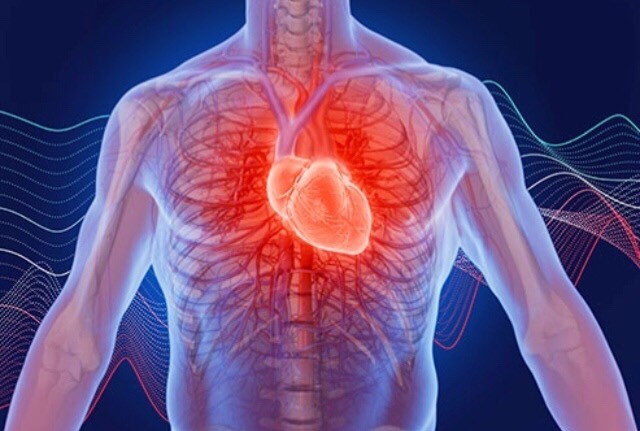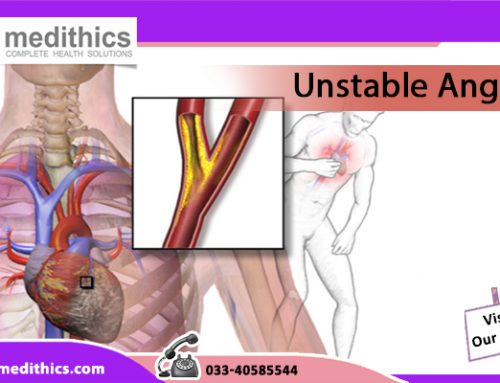A sensation occurs when a patient feels an abnormality in the normal beat of the heart. This sensation is referred to as palpitation. There can be too quick, too slow or irregular heartbeat due to abnormalities in the electrical conducting system. The cause of this palpitation may be a significant life-threatening problem though it can also be a normal variant. A famous heart specialist in Kolkata should be consulted if this happens.
Palpitation happens due to different factors. In normal variants, most patients are unaware that their heart has had an extra beat or two. There can be short and long term complications in other cases. Those palpitations that originate in the ventricle are more life-threatening than those that originate in the atrium. On the basis of their source location, their frequency and other factors, palpitations are often described.
PACs and PVCs
It is often felt that there is a thump or flop in the chest while a heartbeat is generated, and the SA node generates a beat before the heart is quite ready. This is when a Premature Atrial Contraction (PAC) occurs. A PAC is often followed by a slight pause because of its early timing as the SA node resets itself. An early beat by the ventricle, usually caused by an extra electrical beat generated in a muscle cell located in the ventricle, leads to a Premature Ventricular Contraction (PVC). As the heartbeat is slightly misplaced in its normal cycle, the patient can feel a thump.
Supraventricular Tachycardia
A rapid heartbeat arising from electrical signals generated above the ventricle from within the atrium is known as Supraventricular Tachycardia (SVT). There are different causes behind it such as outside forces acting upon the heart or “a short circuit” or abnormal wiring of the electrical conduction system. A normal physiologic response to stress upon the body is referred to as SVT. Adrenaline is released and the heart beats faster to increase blood circulation when the body requires more oxygen delivery.
These types of palpitations may be experienced by patients due to anxiety. However, before confirming this diagnosis, the cardiologist may want to consider another potential.
Atrial Fibrillation and Flutter
All the atrial muscle cells generate an electrical impulse, acting like pacemakers in some patients. The atrial fails to beat in a coordinated fashion, which causes electrical chaos. The atria start to jiggle like a bowl of jelly instead of generating an organized atrial contraction. The AV node tries to respond to the numerous electrical signals that are generated but ultimately succeeds in passing on only some of the hundreds of signals that it receives each minute to the ventricle. This is when Atrial Fibrillation (A-Fib) occurs and the ventricle starts beating rapidly and irregularly. Sometimes, there is an electrical short circuit in the atrium and a loop of cells generates a rapid regular atrial rhythm of about 300 to 400 cycles per minute. This condition is known as Atrial Flutter (AFL). A reputed heart doctor in Kolkata can give proper advice regarding this matter.
Ventricular Tachycardia and Ventricular Fibrillation
Sometimes the ventricle beats too quickly in contrast to rapid atrial rhythms. This situation is potentially it is potentially life-threatening. When without any input from the SA or AV node, the ventricular electrical system starts firing on its own. This is when Ventricular Tachycardia (VT) occurs. There is no compatibility of Ventricular Fibrillation (V-Fib) with life as the chaotic electrical signals do not generate a coordinated heartbeat. The blood is not pumped to the body as the ventricle jiggles. There is an association of sudden cardiac death with Ventricular Fibrillation. Ischemic heart disease is often associated with both Ventricular Tachycardia and Ventricular Fibrillation.





